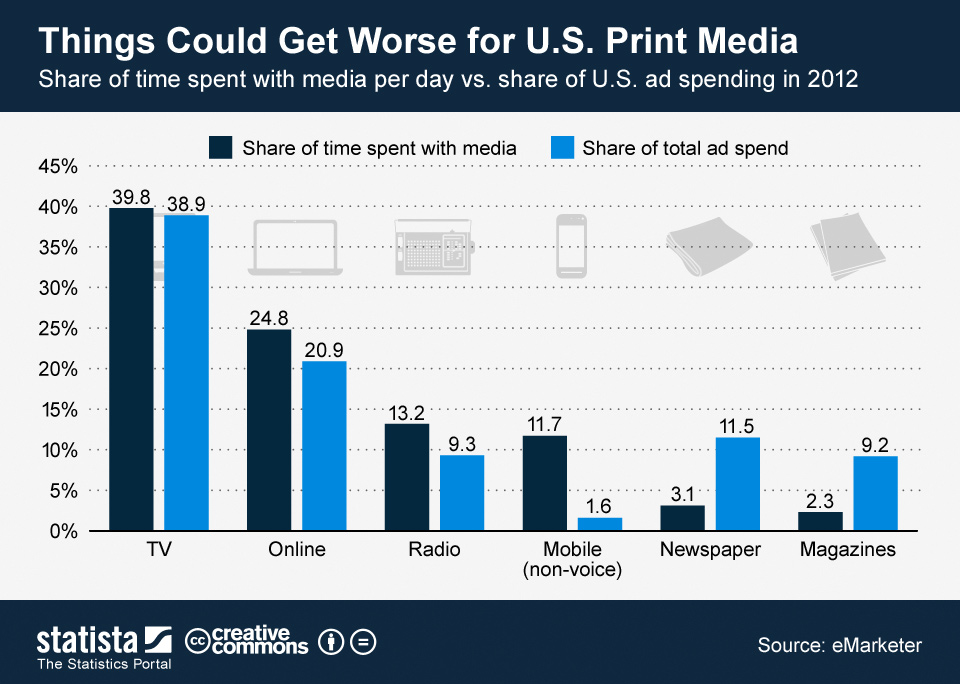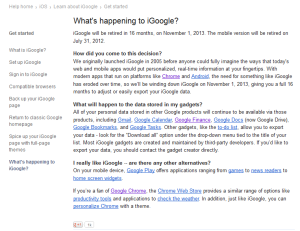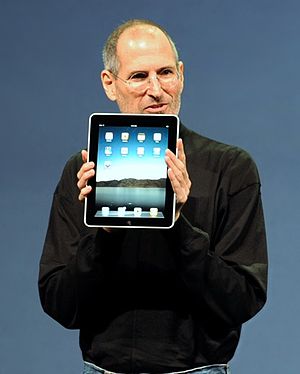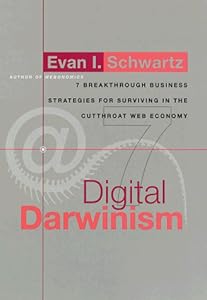Here are some updates from the exciting world of Social Media.
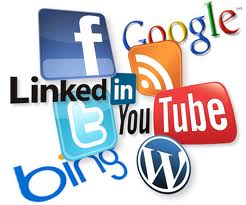 Social Media Marketing: Take Richard Branson’s Word for It
Social Media Marketing: Take Richard Branson’s Word for It Into the social breach steps
Sir Richard Branson, the clear exception to the CEO social despondency narrative. Branson embraces social. He loves social. In fact, he owns social, using it as a platform to expand his personal and corporate brand influence and reach, honestly engage with his audience, and shape events within and without his industry space.
Social Media Intelligence Brief: October 15 2012 Today's Social Media Intelligence Brief includes stories from
Major League Baseball, Red Bull, Fuji Film, and a social media campaign case study from the Bahamas.
Is The Federal Drug Administration (FDA) Embracing Social Media? When regulated companies participate in social media their activities are monitored, saved and archived. Though the FDA recognizes these companies are wanting to expand their use of social media, to date it has provided limited guidance.
Scaling Engagement Through Social Media Training Social media training programs are a practical way to scale engagement because they ensure everyone on your team has the same understanding of key concepts, best practices and the actual mechanics of the various
social networks so they can work together to bring your message to a broader community.
Pain Relief: Your Prescription for Highly Effective Online Marketing Your readers have pain. Successful content marketers know how to expertly manipulate, talk about, and address their readers' pains and get them to take next steps. Have you jumped into the pain game yet?
The Present and Future of Content Marketing Top content marketing experts predict what’s ahead for the industry in the coming year by Skyword, Inc.
9 Social Media Fun Facts to Shock or Maybe Just Awe Most Americans still think they need Gym shorts for
Foursquare. In fact, while only 3% have claimed to checked in this year, it is even down from the year before. The concept of “checking-in” will probably soon be replaced by “Opting-in” to share location data.
How to Make an Infographic in Five Steps Infographics are relatively new; new enough for the word "infographic" not to be recognized by my spellchecker. As with all things "new" on the interwebs their comes a near obsessive, cult-like following that insists that this phenomenal new thing will be the massive change to overtake the online world and alter the way we computer forever.
Exploiting Facebook's Newsfeed Algorithm You’ve read it many times: Don't post too often or you’ll bother fans, causing them to unlike or ignore your posts, which will, in turn, affect which posts
FaceBook will promote in your fans' newsfeeds. Here are 3 key justifications for posting more often and still getingt fans to see your posts.
Social Media Is Not Your Job Perhaps, interacting with people, building relationships with them, creating emotional bonds, offering and getting feedback, answering private messages on Facebook requesting information, building brand perception...is actually your job.
Social Marketing: Don't Fall for Shiny New Tech, says author David Amerland. "It is easy to lose sight of the wood for the trees and go for shiny new toys here. The truth, however, is that social marketing is marketing."
